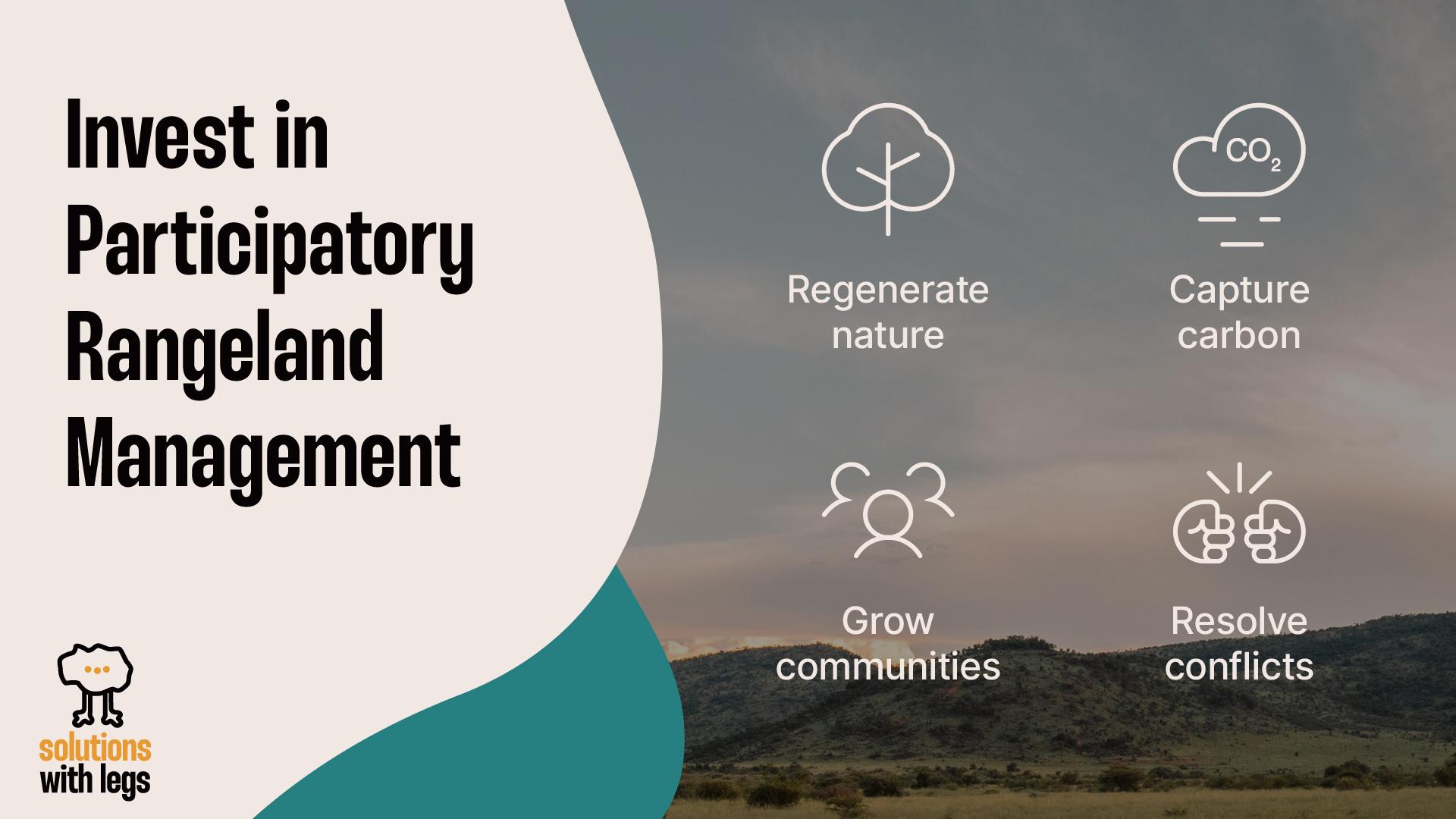
Participatory Rangeland Management (PRM)
Description
A significant proportion of Africa is constituted by rangelands, with about 21% of the African population directly depending on rangeland resources. Given the ecological conditions, crop production is not viable in these areas, making livestock production and wildlife conservation the main economic activities. Furthermore, the rangelands hold immense potential as a carbon sink. For example, rangelands make up 83% of Kenya's landmass and support over 70% of the country's livestock and 85% of wildlife populations. However, this ecosystem is under threat from climatic (increasing severity and frequency of droughts, rising temperatures) and non-climatic (land privatization, fragmentation, eroding traditional systems) drivers of change, necessitating interventions that support its resilience and contribution to low-carbon development. Participatory Rangeland Management (PRM) provides a comprehensive approach to planning and decision-making through the involvement of diverse stakeholders across the landscape. Through this approach, stakeholders collaborate to set up and strengthen rangeland management institutions, develop and implement rangeland management plans, and monitor and evaluate the success of their efforts. ILRI in collaboration with local and international partners has been piloting and scaling PRM in various countries including Ethiopia, Kenya, Tanzania.
Results
PRM has improved community participation in rangeland management, including empowering women to take up leadership positions and participation in economic activities. It has also led to improved rangeland conditions through reseeding, tree planting, and land use planning. By implication, PRM has contributed to improved livelihoods, improved food and nutrition security, increased incomes, and enhanced capacity of the community to cope with drought and other crises. Annual income from livestock sales in Tanzania increased from approximately US$ 650 during a baseline carried out in 2019 to US$ 1,097 in 2021, while annual income from the sale of livestock products more than doubled from approximately US$ 7 during the baseline to US$ 16.
Key Lessons
Collective approaches and partnerships are crucial, especially in the ASALs: communities can learn from each other, enhance community spirit, and provides a cost-effective way of reaching many beneficiaries. Support from state and non-state actors helps ensure the continuity of interventions after projects come to an end as well as better recognition of local efforts toward climate action. To sustain the approach and leverage its benefits, it is also important to embed rangeland management in the wider development processes and planning at national and sub-national scales.